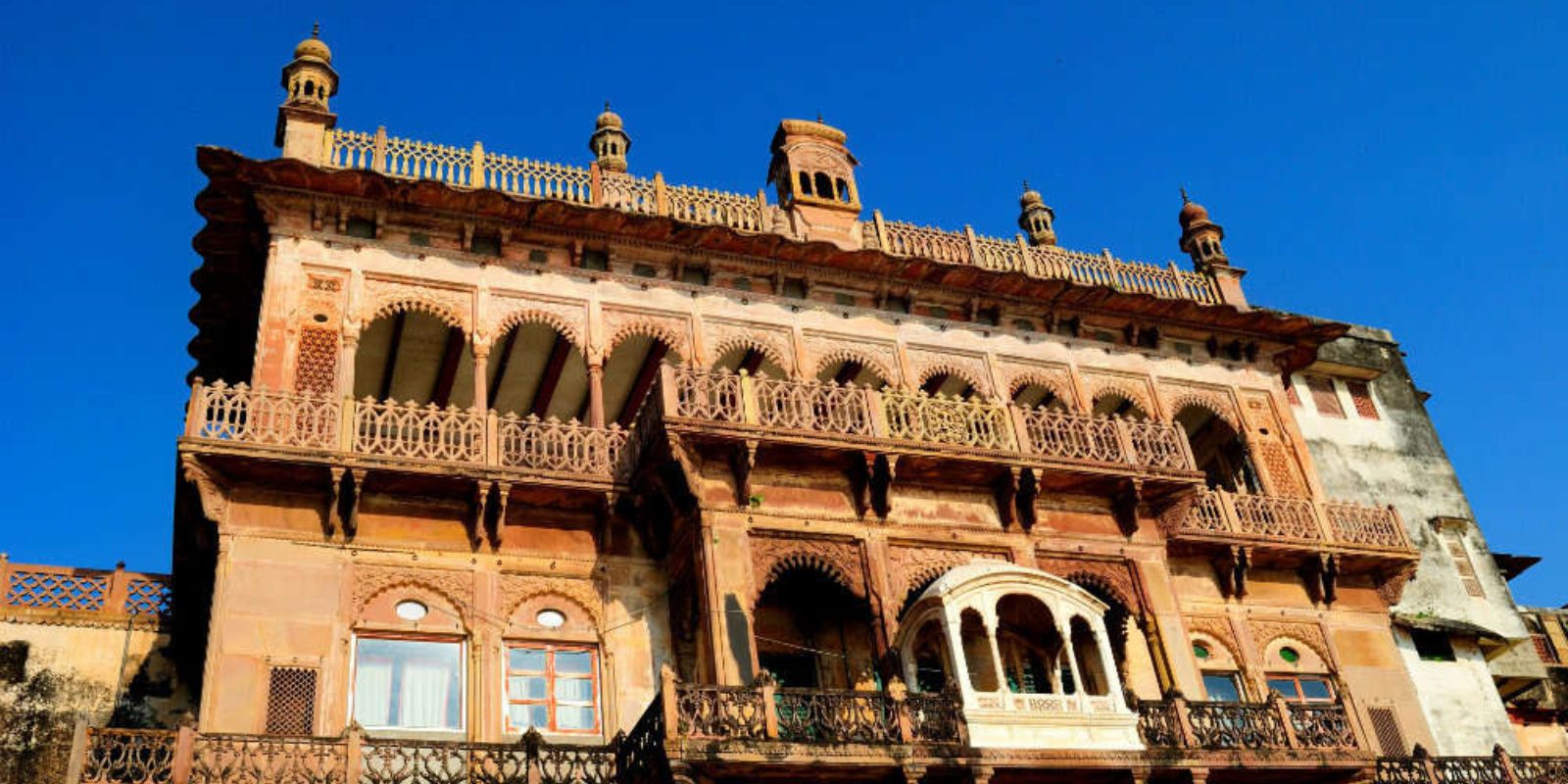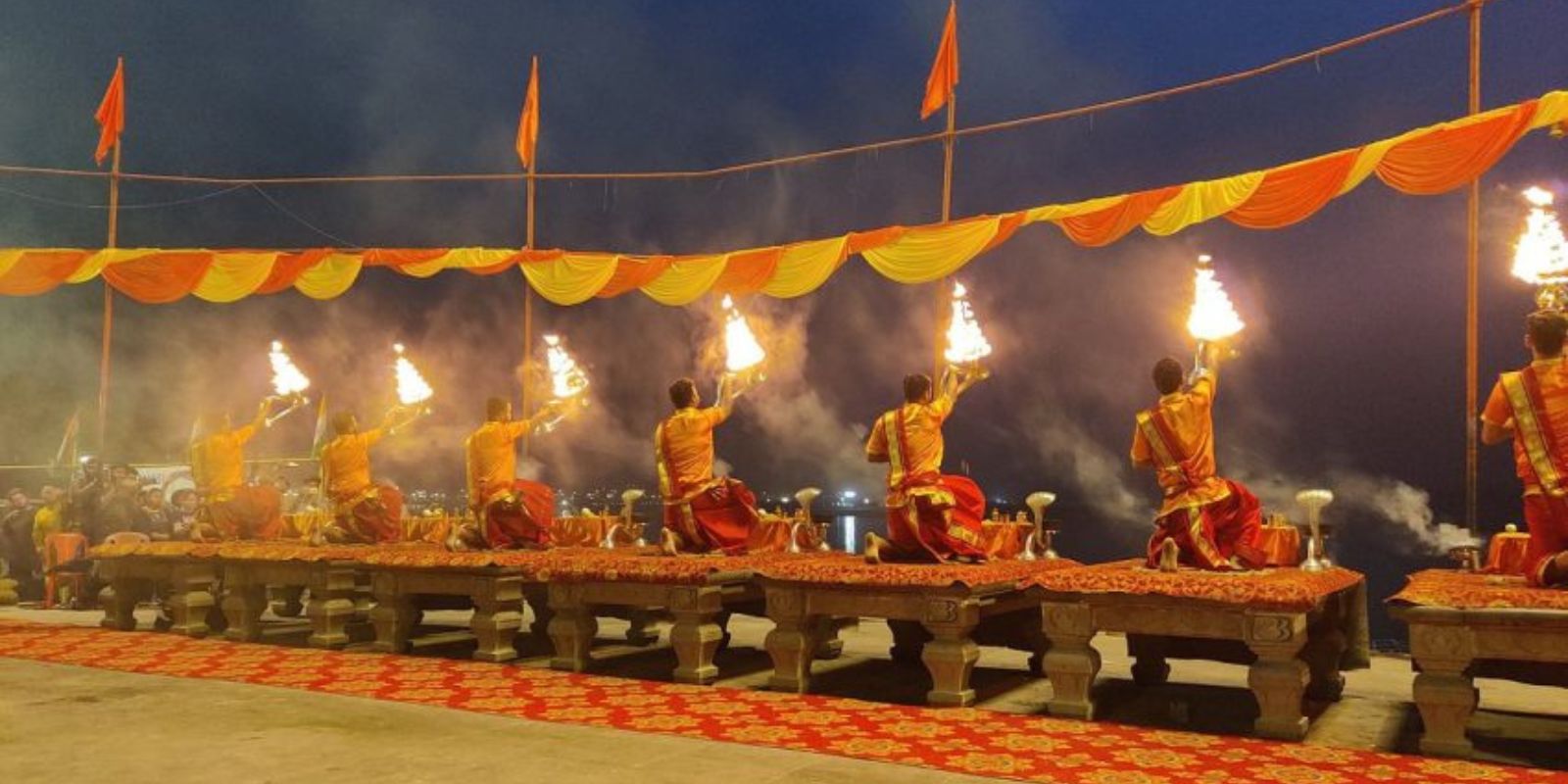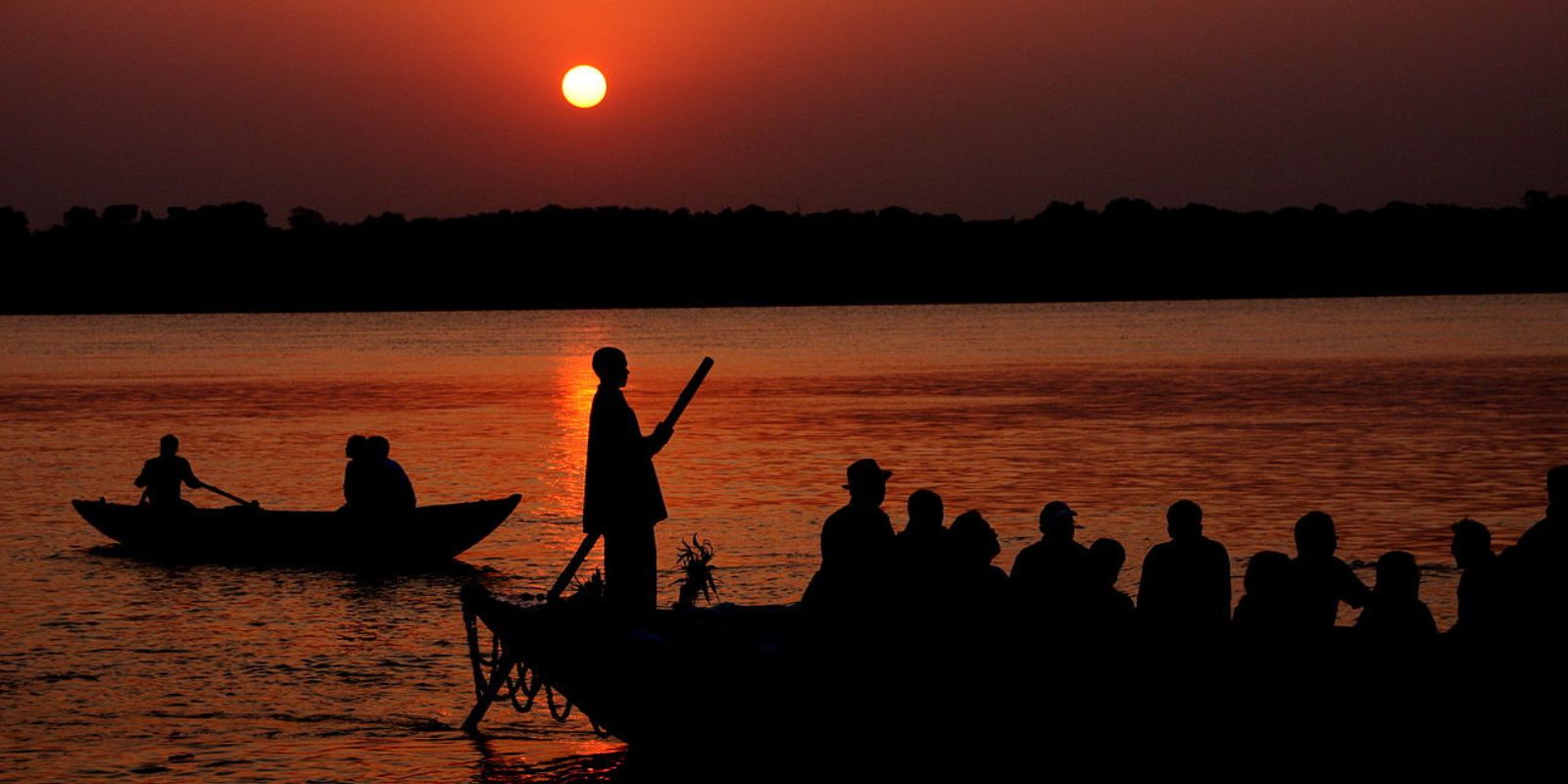In Varanasi, where the ghats breathe with centuries of prayer and the Ganga holds the memory of a thousand lifetimes, healing unfolds with sacred simplicity. Amid the incense, bells, and lapping waters, Ayurvedic therapies offer not escape, but remembrance. Here, to be touched is to be invited back into wholeness gently, with deep silence.
Why This Experience Matters
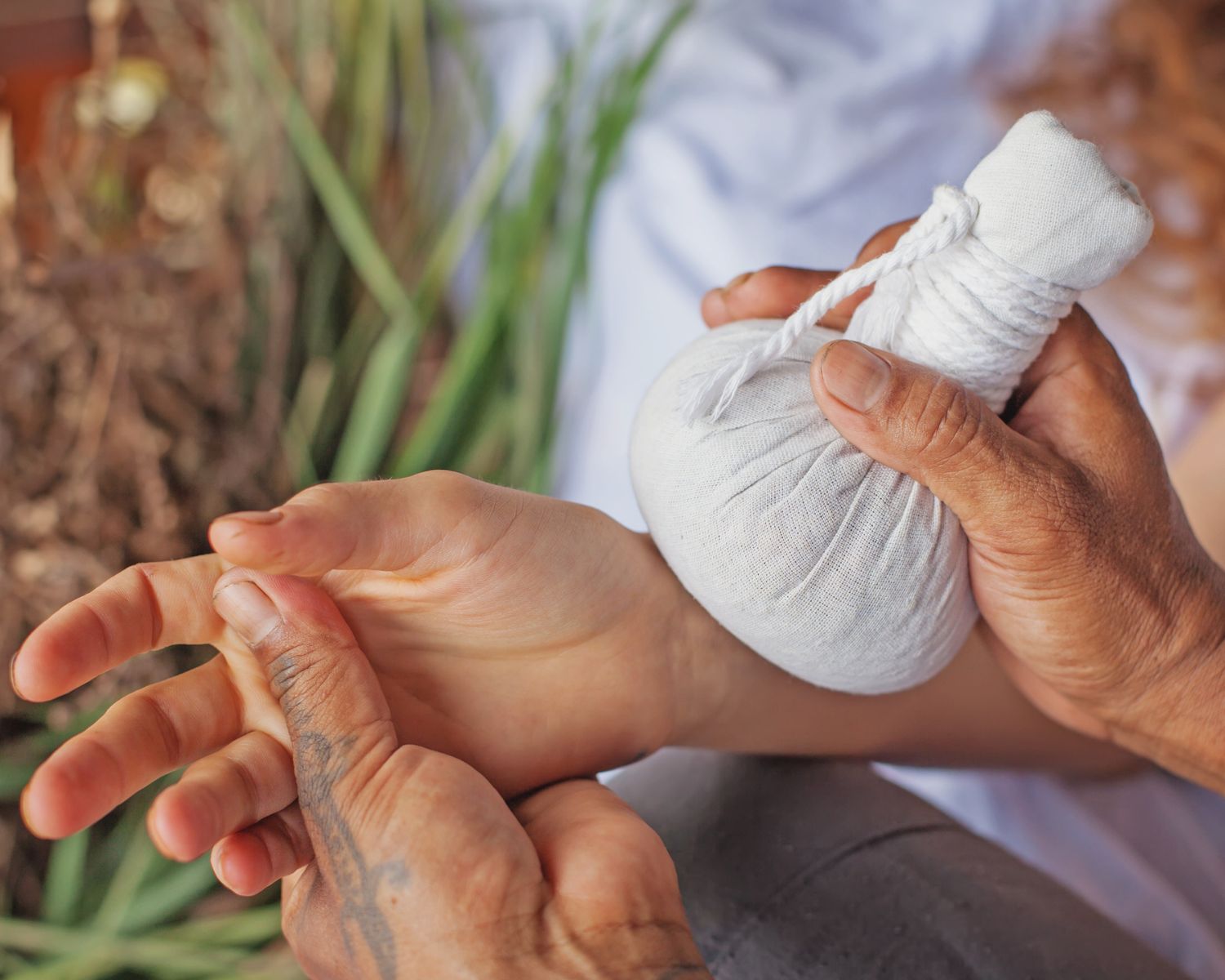
What does it mean to be cared for in a city where even time dissolves into ritual?
Ayurvedic therapy in Varanasi is unlike modern wellness it is not about pampering, but presence. Not beautification, but return. Each stroke, each herbal preparation is a gesture of sacred attention. You walk away not just lighter in body, but touched at the soul’s edge as if the city, through these ancient therapies, has whispered something back to you that you had forgotten.
A Tradition of Inner Care
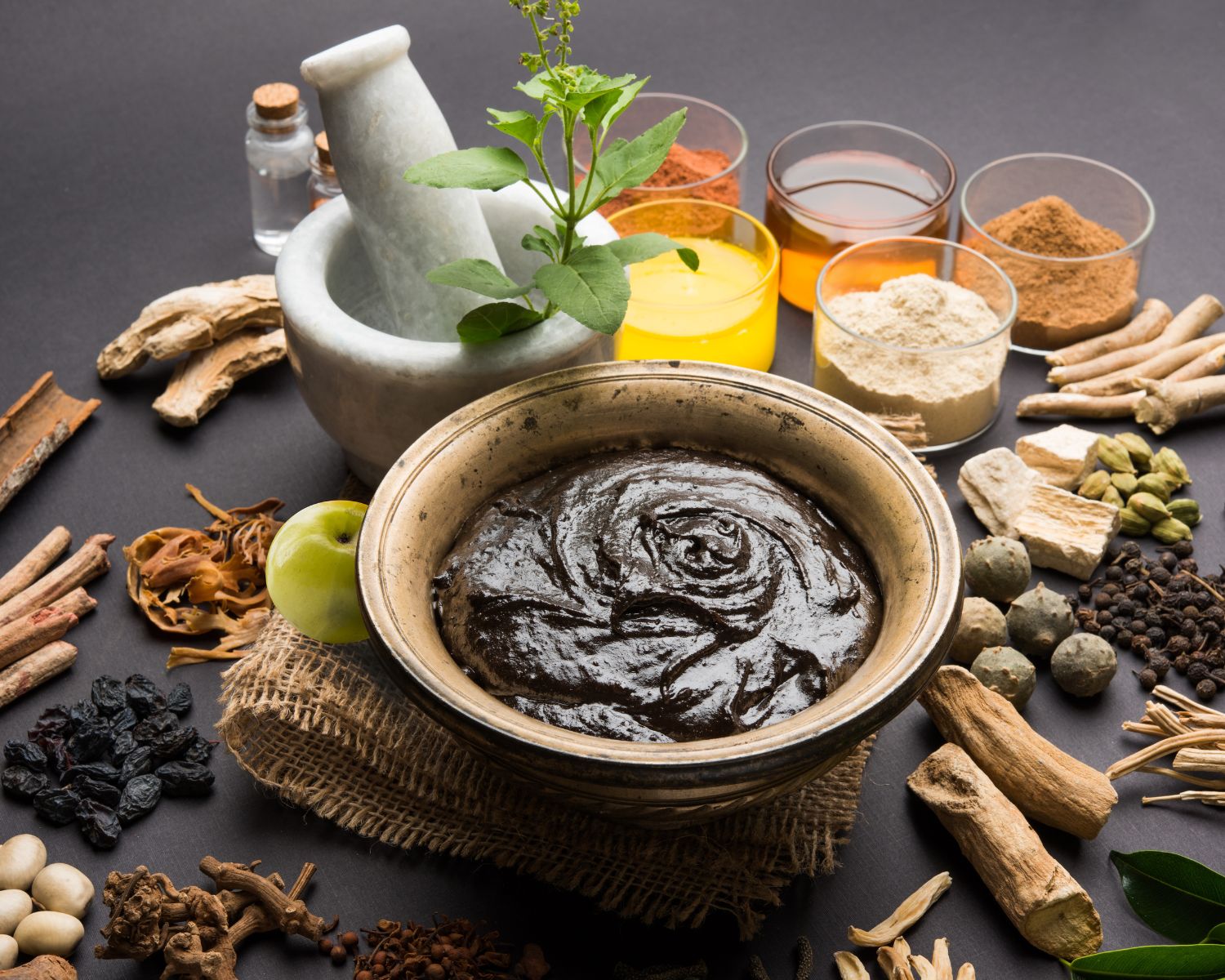
Ayurveda and Varanasi are threads of the same sacred fabric. This is a city that has never forgotten the wisdom of the body. From ancient universities like Takshashila and Nalanda to the home-based vaidyas of Kashi, Varanasi holds a lineage of healers who practice Ayurveda not as a profession, but a dharma. The clinics and centers along the ghats draw from these timeless lineages where oils are still hand-blended and the pulse is read with listening fingers, not machines.
Sacred Therapies That Restore
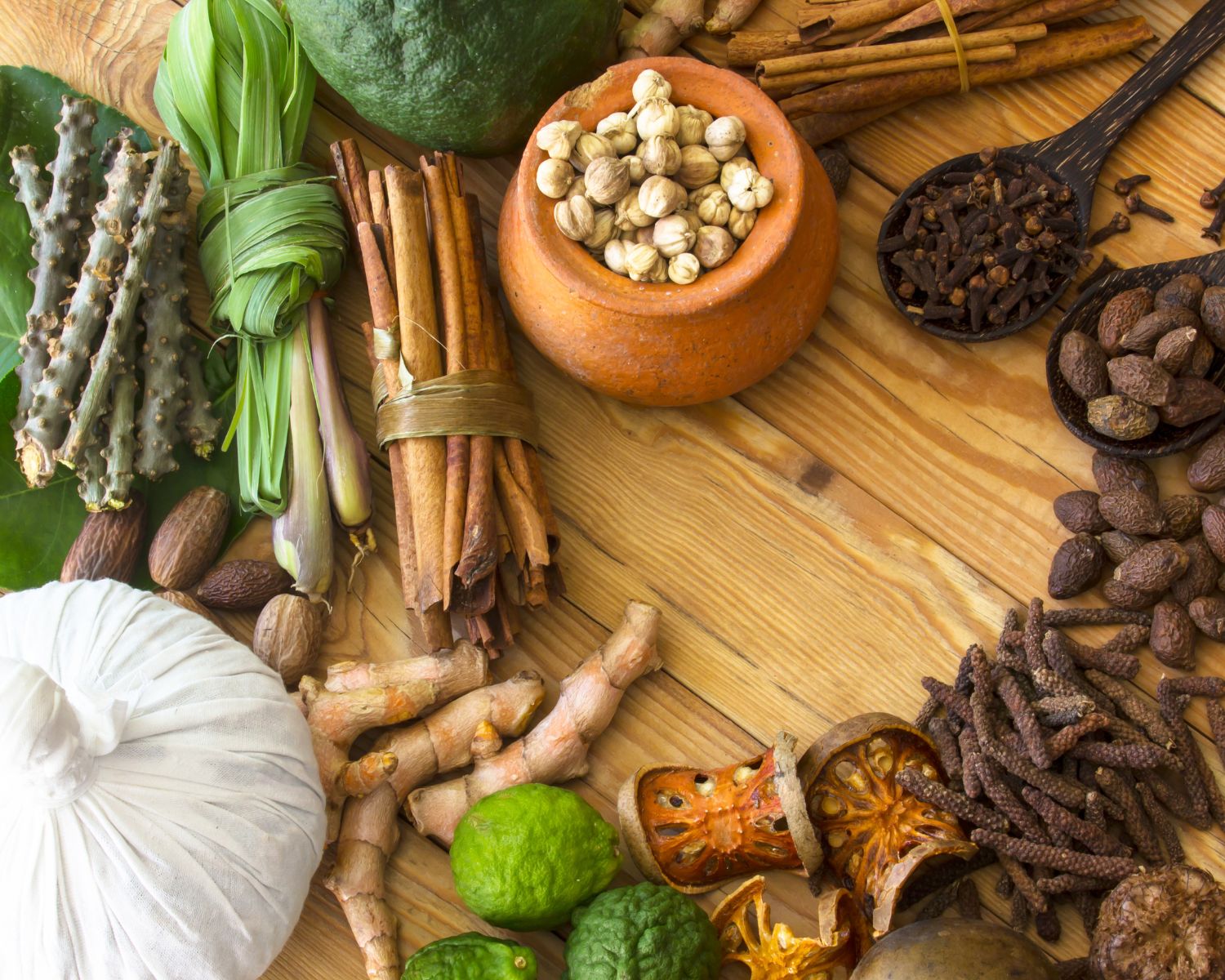
- Abhyanga : A full-body oil therapy that becomes a ritual of returning slow strokes guided by the breath, coaxing body and spirit into harmony.
- Shirodhara : A slow stream of warm oil poured on the forehead, quieting the restless mind. In this stillness, the soul listens. Thought slows. The sacred surfaces.
- Pinda Swedana : Herbal poultices steamed and applied with rhythmic precision to release deep-seated tensions heat, medicine, and memory meeting beneath the skin.
- Nasya : Cleansing the subtle channels of the head through medicated oils—a gentle yet potent therapy for mental clarity and emotional release.
What You’ll Carry Within
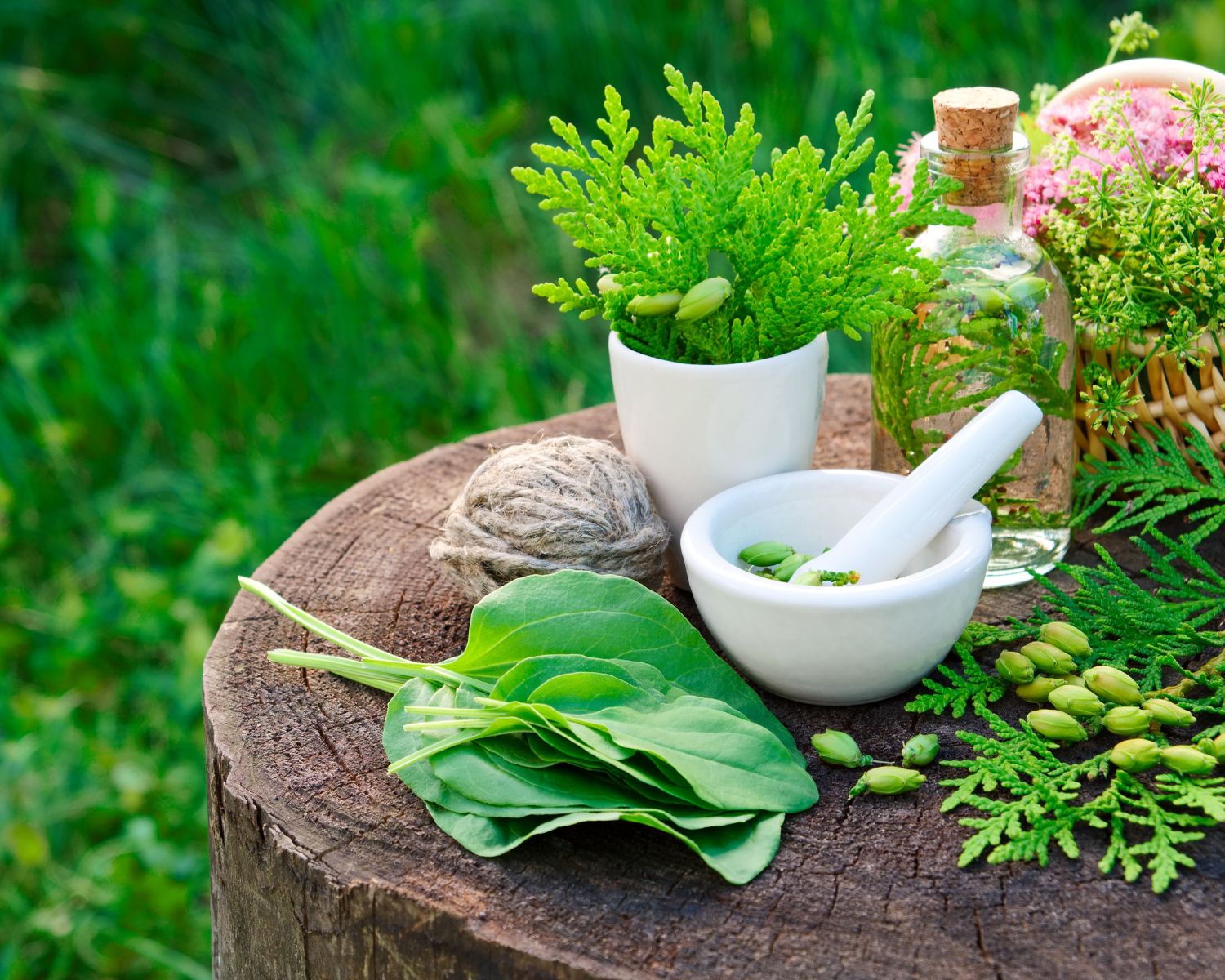
- The sound of temple bells echoing during therapy.
- The scent of tulsi-infused oil lingering on your skin.
- A sense of deep restoration not just of body, but of connection to something older, quieter, wiser.
- You’ll carry the feeling of having been received by a tradition that sees you not just your symptoms, but your story.
What to Expect During Your Session
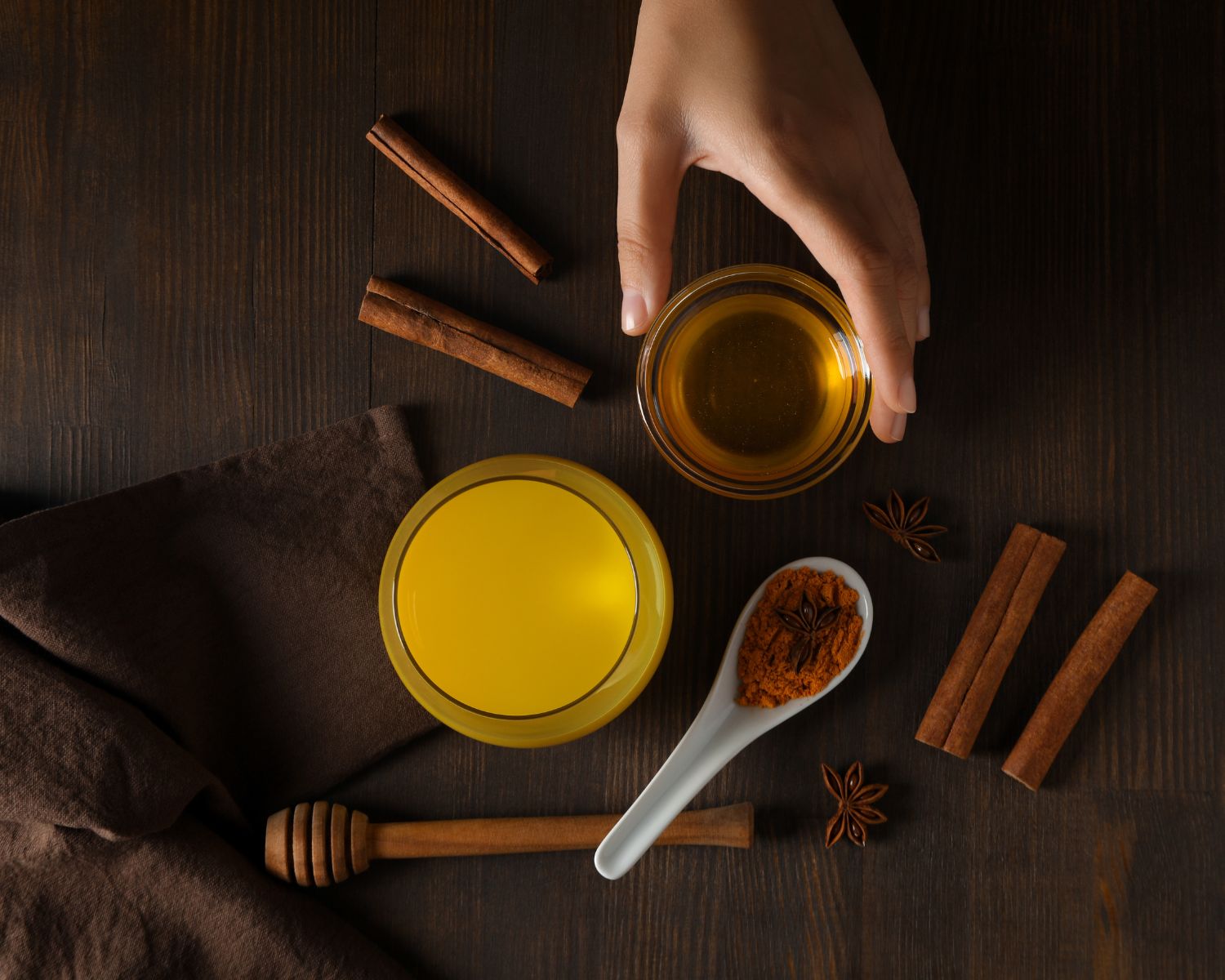
- Duration: Therapies run 60-90 minutes, with longer programs for Panchakarma.
- Consultation: Begins with detailed inquiry, nadi pariksha (pulse diagnosis), and seasonal alignment.
- Environment: Modest yet sacred therapy rooms near the ghats, filled with herbs, brass vessels, and gentle quietude.
- Aftercare: Warm teas, digestive herbs, light meals, and time to reflect near the river are often recommended.
Good to Know Before You Go
- Timings: Most centers open between 8:00 AM and 6:00 PM; some offer dawn consultations aligning with Ayurvedic rhythms.
- Booking: Required for personalized therapies and retreats.
- Dress Code: Simple, loose-fitting clothing; modesty and ease are key.
- Etiquette: Maintain silence; remove shoes; surrender devices; arrive as you are.
- Post-Therapy: Spend time on the ghats or in stillness; avoid overstimulation, and let the healing integrate.

